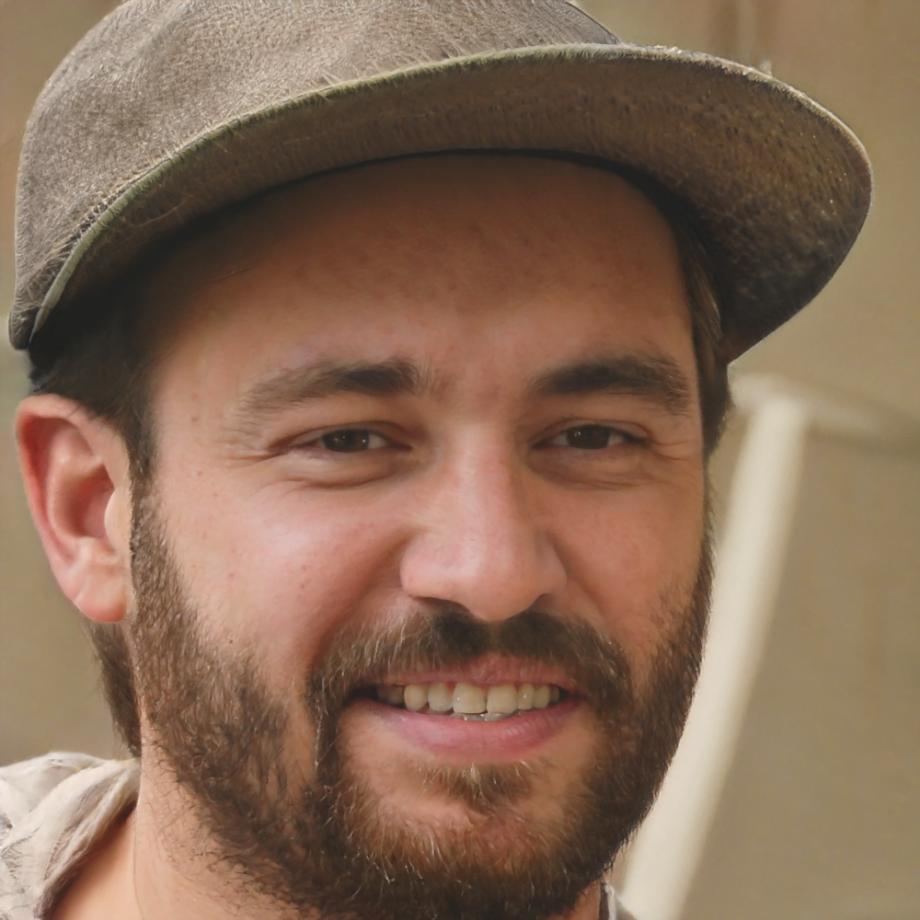How We Got Here
Back in 2022, I was freelancing as a developer in Taipei and kept meeting people who'd spent thousands on bootcamps but couldn't build anything real. They knew syntax but had no idea how to solve actual problems.
That bothered me. So I started running weekend workshops in coffee shops around Taitung. Just small groups, working through real projects. And people actually got it. They left with working code and confidence.
By mid-2024, those coffee shop sessions had grown into something bigger. We moved into a proper space, brought on two more instructors, and built a curriculum that focuses on doing rather than memorizing. Now we're getting ready for our autumn 2025 cohort, and honestly? The approach hasn't changed much from those early days.



